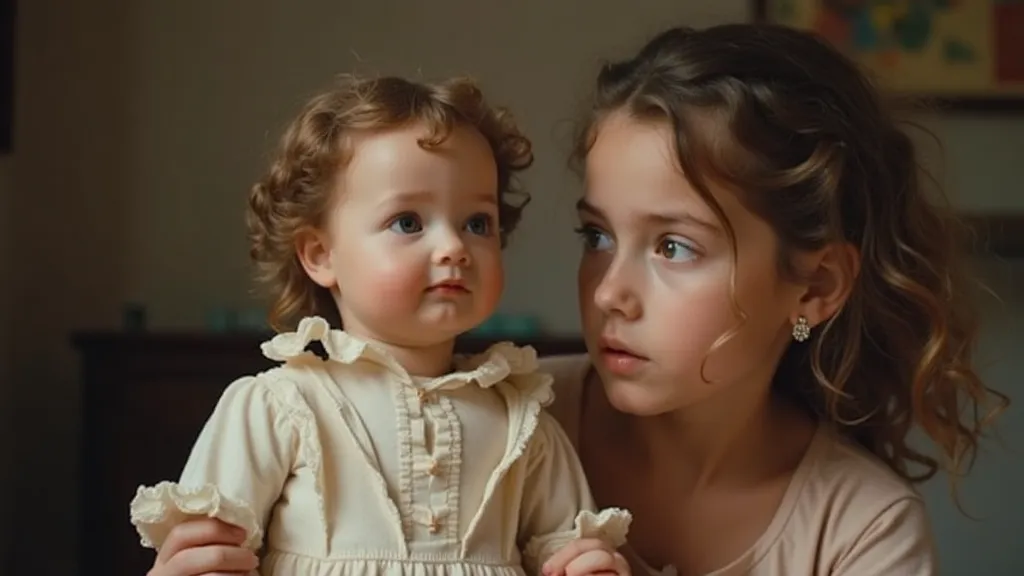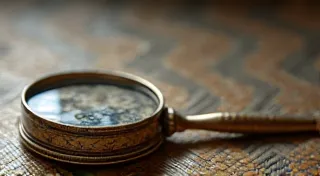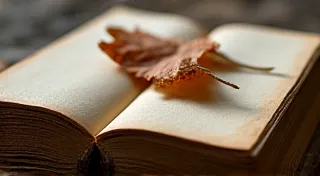Whispers of Inheritance: The Emotional Weight of Passed-Down Antique Dolls
There's a quiet magic that surrounds antique dolls. They aren't merely toys; they are vessels of memory, silent witnesses to generations past. For many doll collectors, the true allure isn't just about the porcelain skin, the elaborate costumes, or the intricate mechanism. It's about the emotional weight, the profound sense of connection to family history that comes with owning a doll passed down through generations. These aren't objects to be displayed behind glass; they are whispers of inheritance, tangible links to those who held them before.
The history of antique dolls is interwoven with the history of childhood itself. Before mass production, dolls were often handcrafted, reflecting the skills and resources available to the families who made or owned them. Early examples, dating back centuries, were often made from materials like wood, wax, or cloth, far removed from the sophisticated porcelain and composition dolls that would later define the Victorian era. Their function was simple: to provide comfort, companionship, and a glimpse into the world of adulthood for young children. The toy history is one of slow evolution, reflecting broader societal changes and advancements in manufacturing.
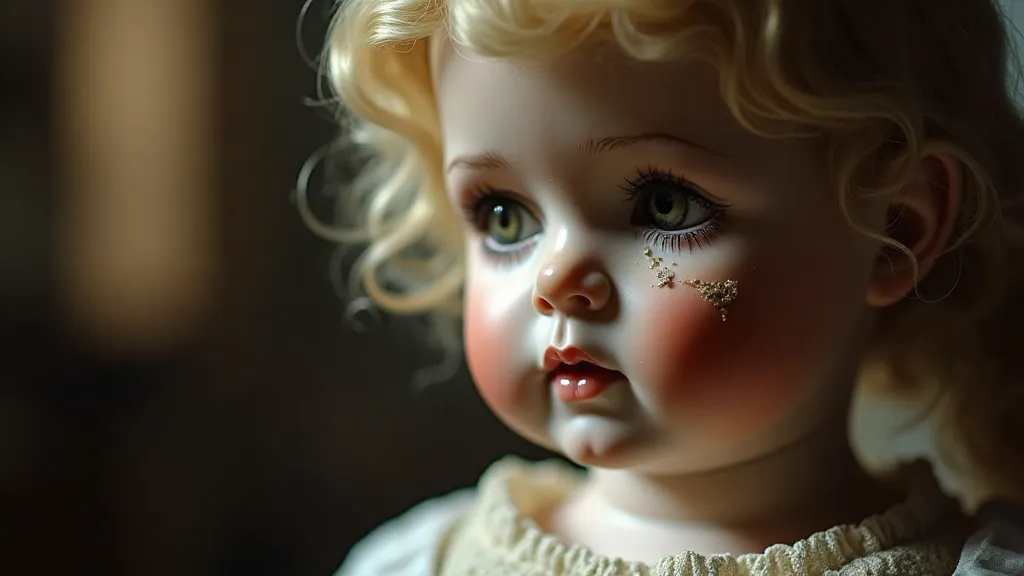
More Than Just Toys: A Family’s Story
I recently spoke with Eleanor, a woman in her seventies, who is the current custodian of a particularly poignant antique doll. "My grandmother gave it to my mother when she was a little girl," she explained, her voice thick with emotion. "My mother, in turn, gave it to me when I had my own daughter. It's a tradition, a tangible way to pass down not just a toy, but a piece of our family story.” The doll, a charming French bébé from the 1880s, is named Antoinette. Eleanor recounted stories her grandmother told her about Antoinette – tales of tea parties in sun-drenched gardens and whispered secrets shared under the blankets. These weren’t just stories about a doll; they were windows into her grandmother’s childhood, painted with the vibrant colours of memory.
The sentimentality surrounding these passed-down dolls is powerful. They become representatives of loved ones, holding within them echoes of laughter, tears, and the quiet joys of childhood. For some, they represent a connection to ancestors they never met, providing a sense of belonging and continuity. They are reminders of simpler times, offering solace in a rapidly changing world. The craftsmanship itself becomes a symbol of enduring quality, a contrast to the disposable nature of modern toys.
The Craftsmanship: A Testament to Skill
Examine closely an antique doll, and you'll appreciate the skill that went into its creation. The delicate painting of the features, the meticulously sewn clothing, the complex mechanism that allows the limbs to move – all these are testaments to the dedication of the artisans who crafted them. Early porcelain dolls were particularly challenging to make, requiring a high level of expertise in both sculpting and firing. The use of kid leather for joints and limbs demanded a delicate touch and an understanding of how the material would age and flex over time. Many antique dolls, despite their age, retain a remarkable degree of artistry and elegance.
The materials themselves tell a story. The type of porcelain, the color of the kid leather, the fabric used for the dress – these details can offer clues about the doll’s origin and era. Certain manufacturers, such as Jumeau, Bru, and Kestner, are particularly sought after by collectors for their exceptional quality and artistry. Identifying these marks, understanding the nuances of their styles, is part of the fascinating world of antique doll collecting.
Preserving the Legacy: Care and Considerations
Owning a doll with such significant sentimental value comes with a responsibility to preserve it for future generations. While extensive restoration isn's always appropriate, careful handling and storage are essential. Direct sunlight can fade the paint and damage the fabric. Harsh chemicals can strip away the delicate finish. Moisture can cause mold and mildew to grow. A cool, dry environment, protected from light and dust, is ideal.
When considering restoration, it’s crucial to consult with a qualified professional who specializes in antique dolls. Inappropriate repairs can diminish the doll’s value and historical integrity. Sometimes, leaving the doll in its "as found" condition, showcasing its age and wear, is the best approach. Those subtle imperfections—a faded ribbon, a chipped finger—are often part of the doll’s story, contributing to its unique charm and character.
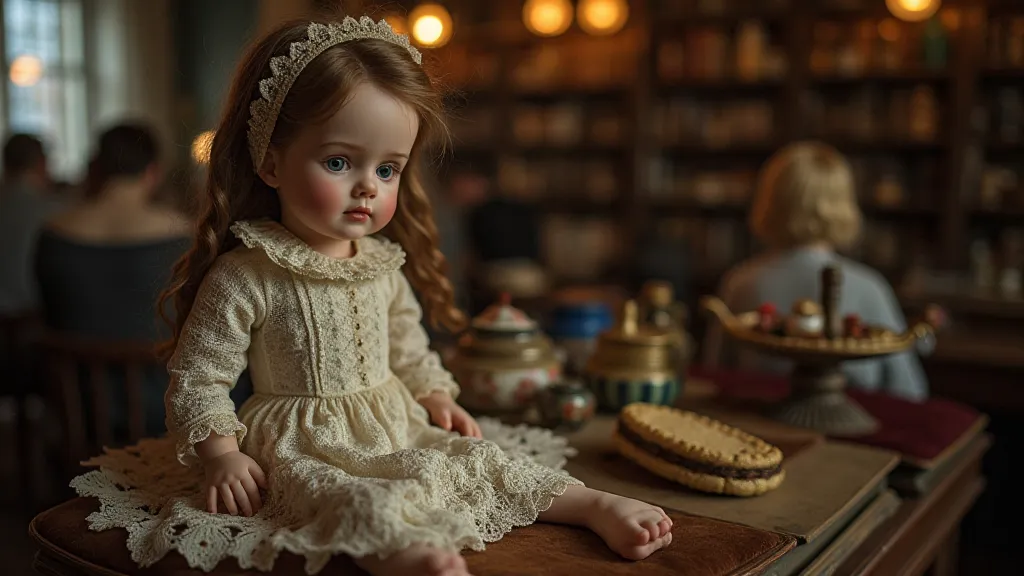
The Future of Inheritance and Collecting
As the generations pass, these treasured dolls continue to be passed down, each recipient adding their own layer of memory and connection. The trend of collecting antique dolls remains strong, fueled by a desire to connect with the past and to appreciate the artistry and craftsmanship of a bygone era. While the price of certain dolls can be substantial, for many, the true value lies not in monetary terms, but in the emotional significance they hold.
The act of collecting, especially when dealing with items imbued with family history, is inherently personal. It's about more than just acquiring objects; it's about curating a legacy, preserving a connection to the past, and sharing a piece of your family’s story with future generations. These dolls are not just toys; they are whispers of inheritance, tangible reminders of the love and laughter that have shaped our lives.
The doll in Eleanor’s care is now destined for her granddaughter. "I hope she cherishes it as much as my grandmother and my mother did," she said, her eyes glistening with emotion. "It's more than just a doll; it’s a piece of our hearts.” And that, perhaps, is the most valuable quality of all.
